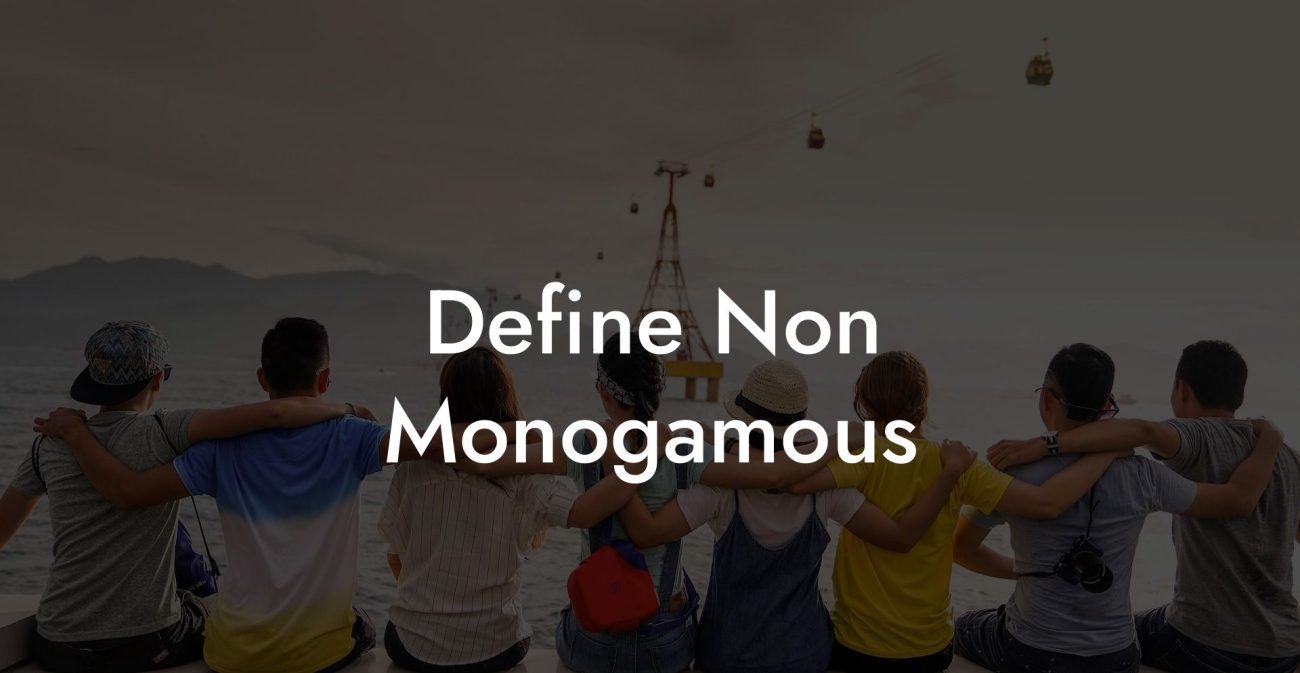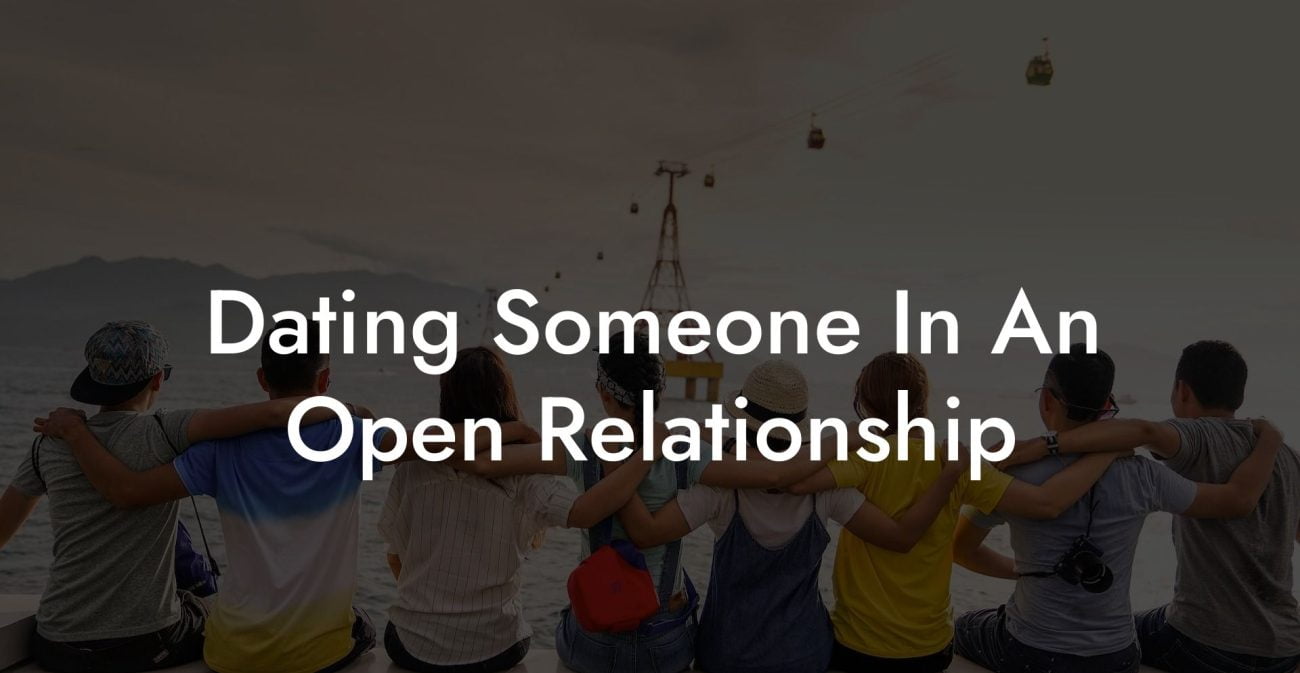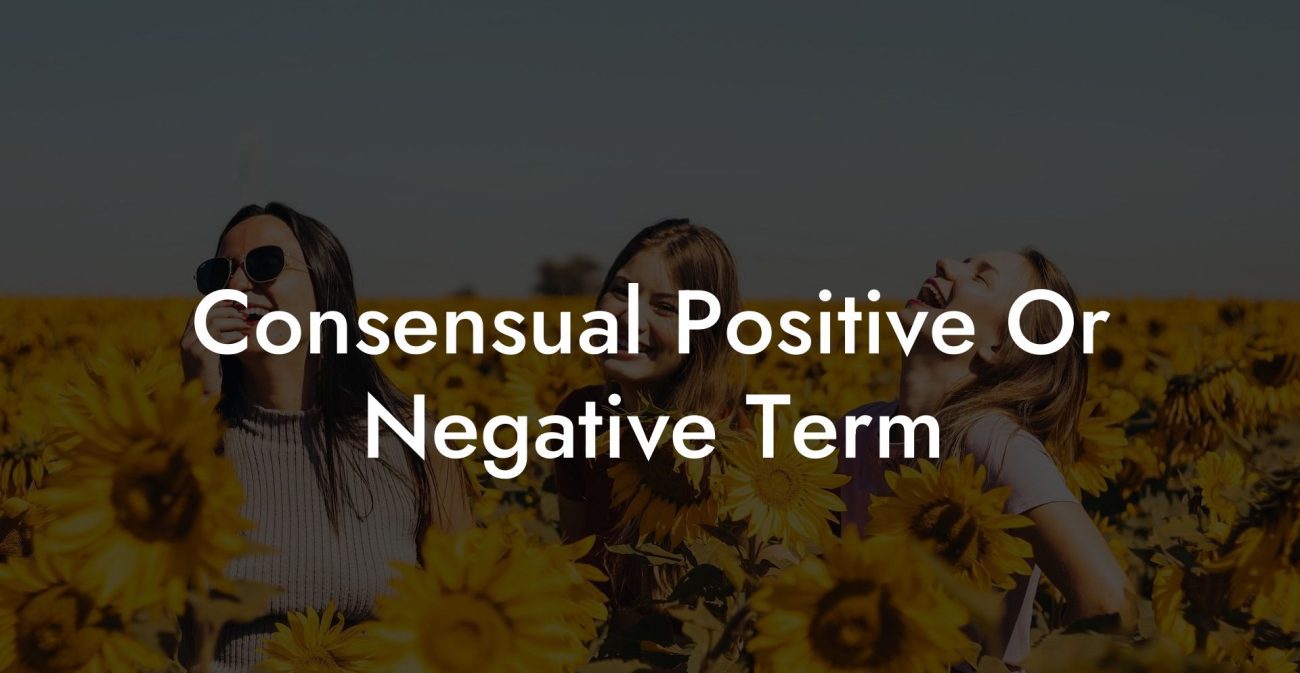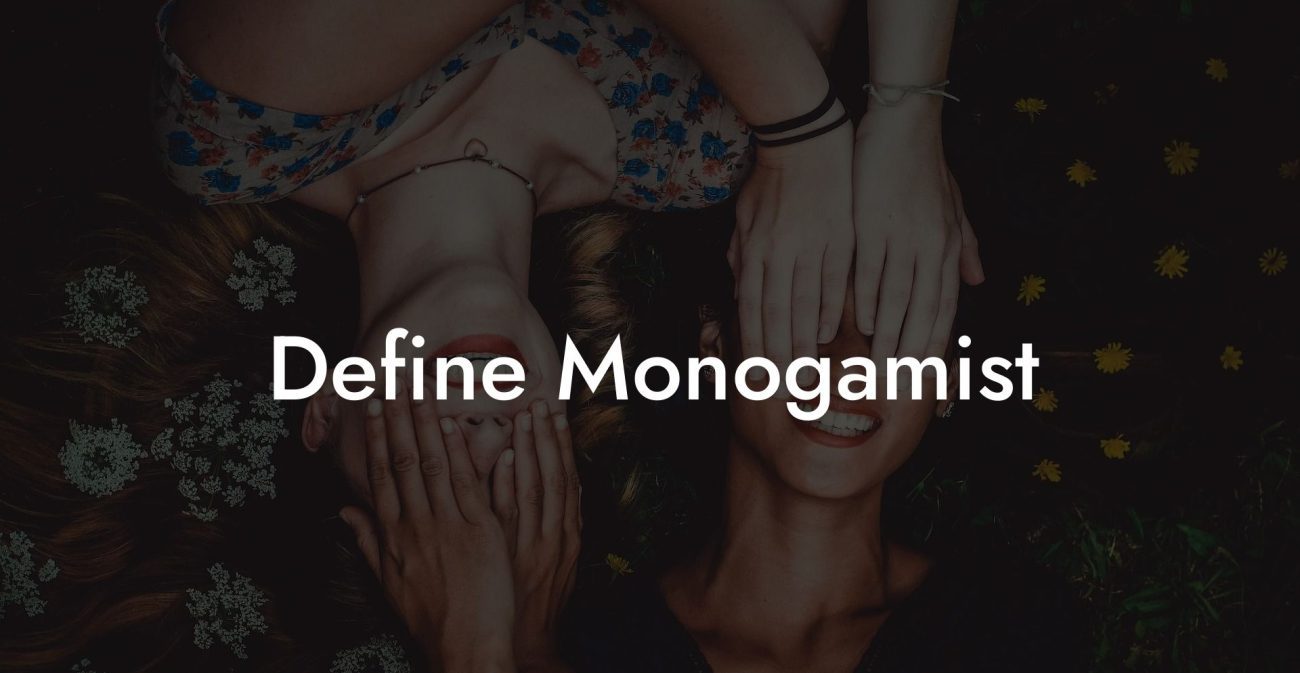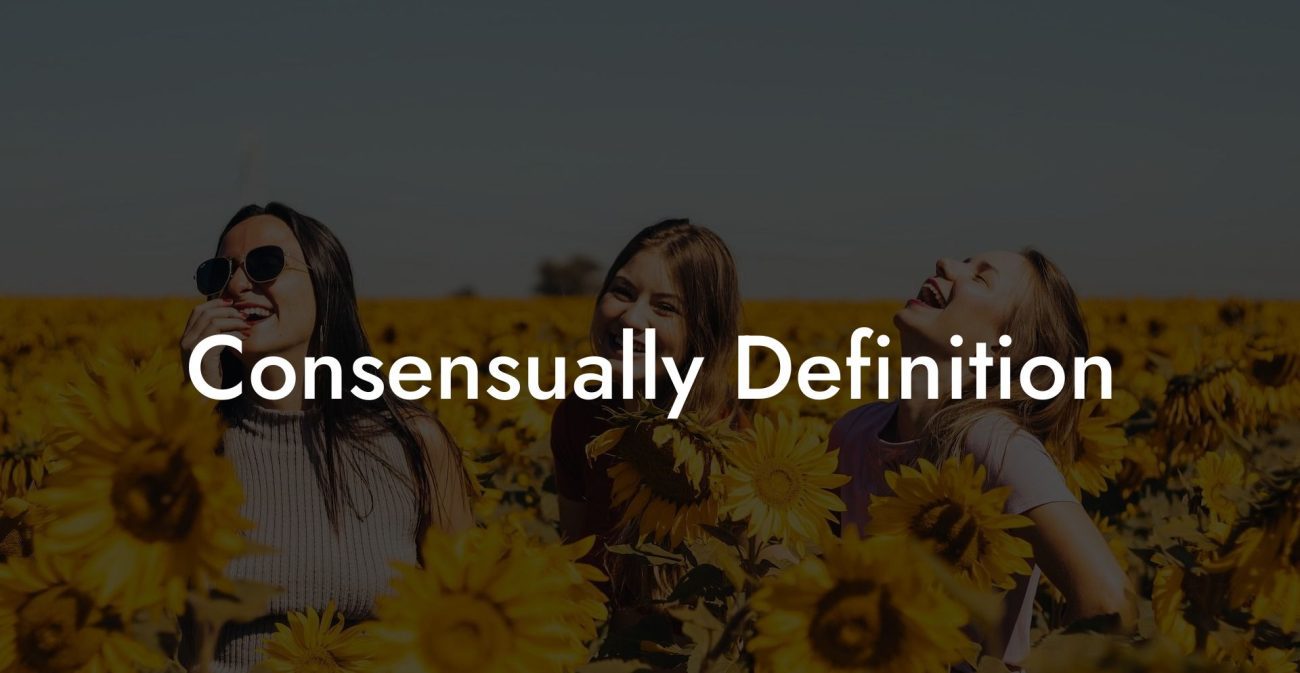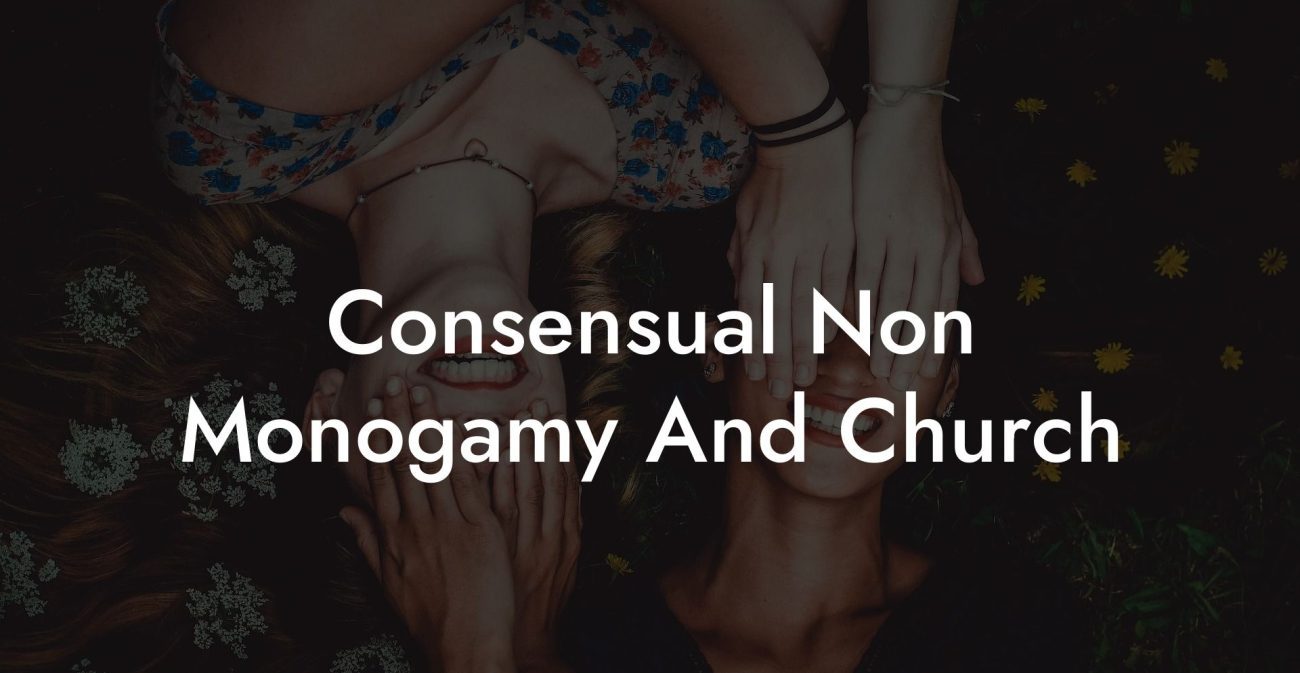Are you curious about exploring different relationship styles without putting your current relationship at risk? "Innocuous" could be what you need for a smooth and stress-free transition. In this article, we'll dive deep into what innocuous is, how it connects to non-monogamy and polyamory, and share a realistic example of how to navigate it. Join us as we unravel the mystery of this lesser-known relationship concept.
Innocuous Table of Contents
What is Innocuous?
An innocuous relationship is one that doesn't risk harm or damage to either party involved. In the context of non-monogamy and polyamory, it refers to a relationship style that allows partners to safely explore alternative ways of connecting without damaging their primary relationship.
How does Innocuous tie into Non-Monogamy and Polyamory?
Both non-monogamy and polyamory involve people having multiple romantic or sexual relationships with others while in a committed relationship. Innocuous relationships enable people to explore these alternative relationship styles without causing harm or disruption to their primary partnership.
Non-Monogamy
Non-monogamy refers to the practice of being involved in more than one romantic or sexual relationship at a time. Whether it's an open relationship, swinging, or other variations, the primary goal of non-monogamy is to provide individuals with the freedom to explore multiple connections without feeling restrained by the confines of traditional monogamy.
Polyamory
Polyamory is a form of non-monogamy where people engage in multiple romantic relationships, often with the knowledge and consent of all parties involved. It is about fostering open communication, honesty, and balance among everyone in the relationship network.
Navigating Innocuous Relationships
Before venturing into any type of non-monogamous or polyamorous relationship, it's crucial to establish boundaries and have open conversations about what you and your partner are comfortable with. Here are some steps to help you navigate an innocuous relationship:
- Communicate: Have a candid conversation with your partner about your desires, boundaries, and concerns. Open communication is key to building trust and understanding.
- Establish rules and boundaries: Set clear guidelines and expectations to ensure your primary relationship remains unharmed. These might include limits on how often you see others, types of activities you can engage in, or specific people to avoid.
- Focus on emotional intimacy: Build a strong emotional connection with your primary partner, as this will help solidify your foundation when exploring new relationships.
- Be patient: Approach non-monogamy and polyamory slowly and allow yourself time to adjust to the changes in your relationship dynamics.
- Stay open and honest: Continuously check in with your partner and share your experiences and feelings throughout the journey.
Innocuous Example:
John and Jane, both in their late-20s, have been in a monogamous relationship for five years. Jane recently discovered the concept of polyamory and feels a strong pull to explore this aspect of herself. However, she doesn't want to harm her relationship with John, who is initially hesitant.
They sit down and have an open, honest conversation about their feelings and the possibility of exploring other relationships. Together, they decide to move forward with a plan that prioritizes their primary relationship's stability while allowing Jane to explore her polyamorous desires.
The couple establishes boundaries, such as only allowing external relationships to be emotional in nature, with no physical intimacy. This approach helps John feel more comfortable with the idea and ensures that their primary relationship remains strong and intact. They also make a point to share their experiences with each other, which helps foster an open and honest dynamic.
Now that you've gained insight into the world of innocuous relationships and how they can help you explore non-monogamy or polyamory without jeopardizing your current partnership, the choice is yours. Remember, communication and boundaries are key to ensuring a successful transition into any new relationship dynamic.
If you found this article helpful, don't hesitate to share it with others who may be curious about exploring non-monogamous or polyamorous relationships. Also, be sure to browse our other guides on The Monogamy Experiment to further educate yourself on these alternative relationship styles!




